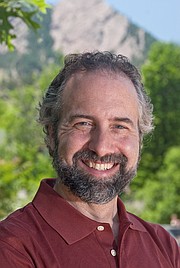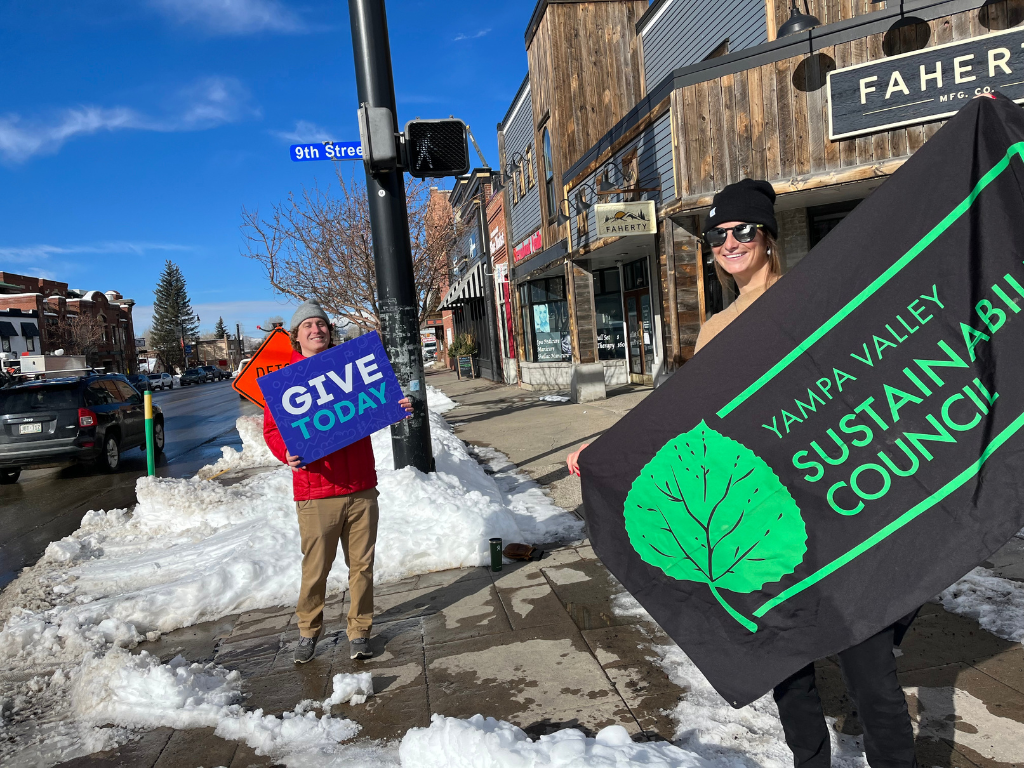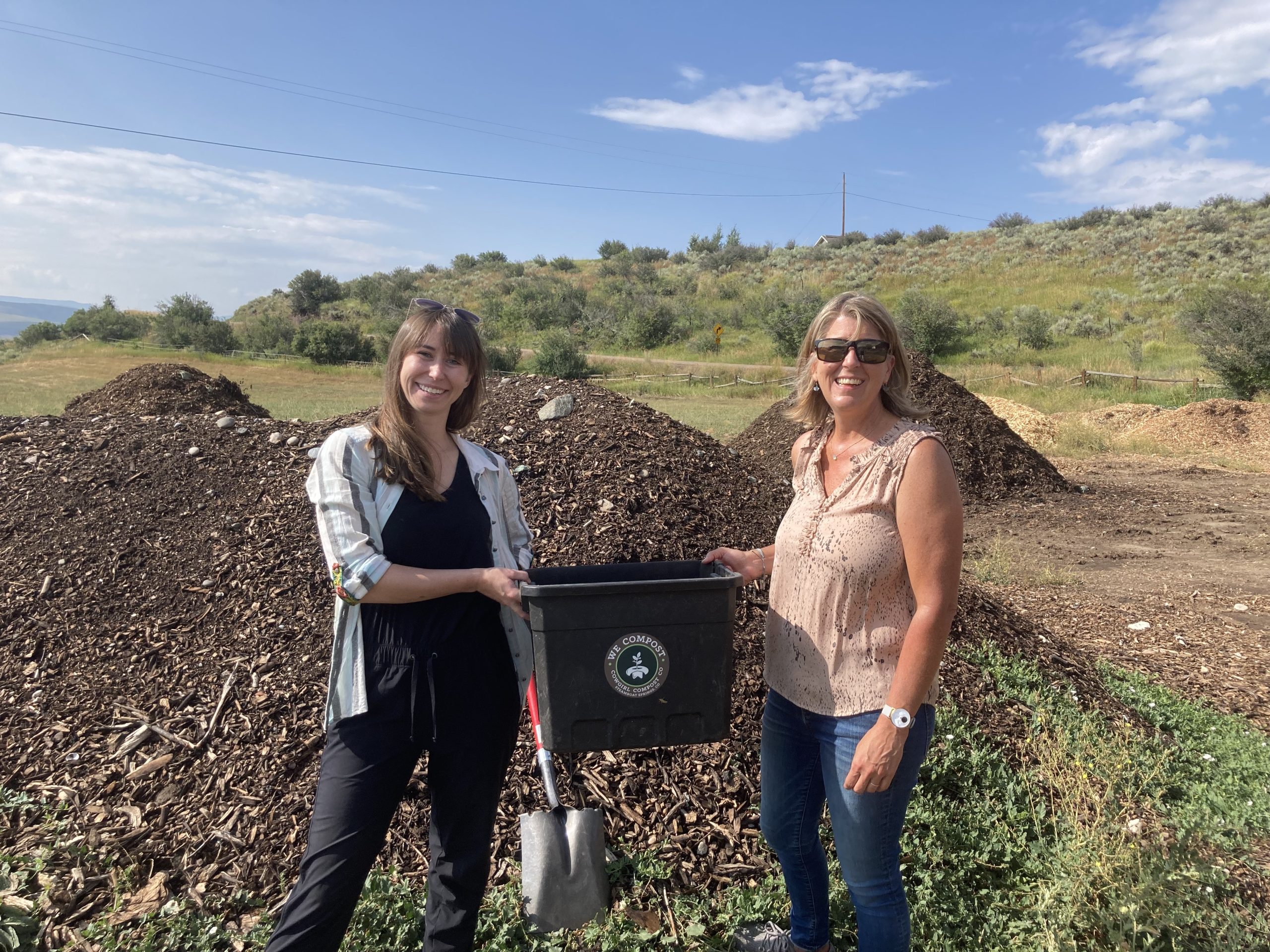JANUARY 26, 2016 BY
As a national leader with The Nature Conservancy, Sullivan oversees work in all 50 states and across North America in outreach, communications and policy advocacy in land-based carbon emissions mitigation. Although he has the big title of climate director, his efforts apply to smaller rural communities whose residents care about sufficient water supplies, forest health and economy-boosting recreational opportunities such as skiing, hunting and fishing.
Sullivan’s expertise is in the rurally relatable issues of soil health, long-term sustainable land use, regenerative agriculture, financial incentives for land owners and the potential of soils and vegetation management to sequester more carbon dioxide.
“Most of the focus on climate solutions is on emissions from the electricity and transportation sectors, appropriately so, but much of the emission reductions needed to keep global temperatures from rising a dangerous amount can, and must, be found in better land management and protection of natural stores of carbon,” explained Sullivan, formerly the state director of The Nature Conservancy in Colorado for five years. “Recent analyses suggest that 20 to 50 percent of the needed emission reductions can come from the land base.”
The conservation leader will discuss such topics during a free public Talking Green program titled “Role of Land-Based Solutions in the Global Climate Strategy” from 5:30 to 7 p.m. Tuesday, Jan. 26 at Creekside Café & Grill on 11th Street in downtown Steamboat. The talk is presented by the Yampa Valley Sustainability Council.
The nonprofit organization oversees the bird watchers’ paradise at Carpenter Ranch east of Hayden as well as a ranch in Yuma County. The conservancy works with the lessee at the Fox Ranch near Idalia to develop new planned grazing to improve wildlife habitat and soil productivity.
Land management issues such as healthy forests and soils are not just important across the world with deforestation in the Amazon Rain Forest and degraded lands in Africa and Latin America, they are key in places such as the Great Plains in middle America where carbon-capturing prairies are balanced with tilled soils to plant crops, Sullivan said.
“Most of the knowledge to achieve these land-based emission reductions exists today,” Sullivan said. “Those avenues are both cheaper than other alternatives and produce significant co-benefits, such as cleaner water, more sustainable agriculture and preserved wildlife habitat. Land-based solutions can buy us critically needed time as we transform our energy sector to cleaner sources.”
Sullivan said his talk will explore what are some of the options for land-based solutions to climate change, which of these are relevant in the Yampa Valley, and what will it take for the United States and the world to achieve emission reductions recently set by the world’s leaders in Paris.
“Some of the lessons learned in Colorado could be exported globally,” Sullivan said. “U.S. ranches have done a lot more thinking about how to manage grass lands for long-term sustainability.”







